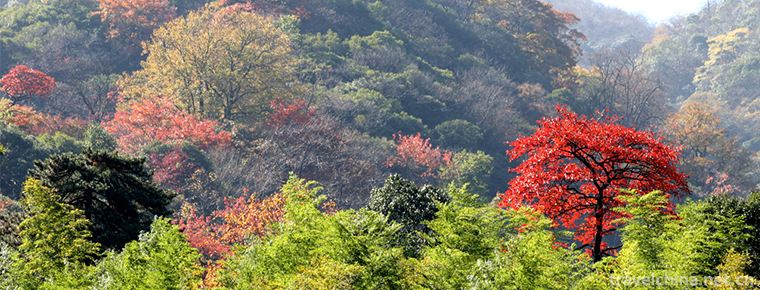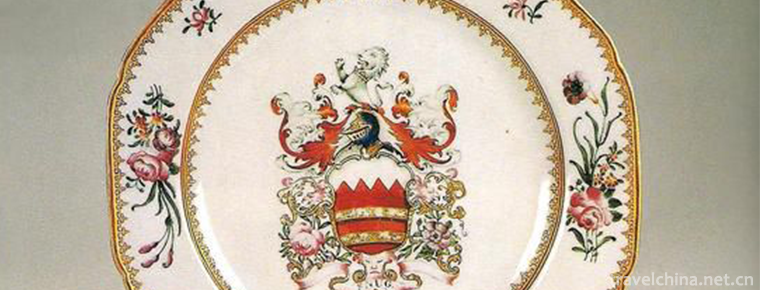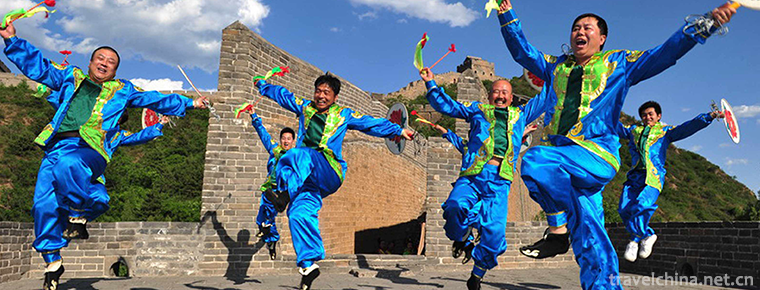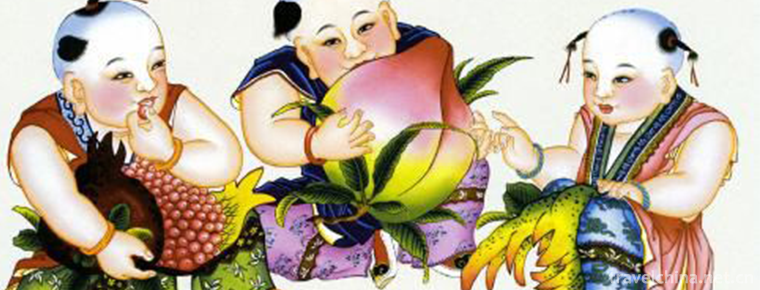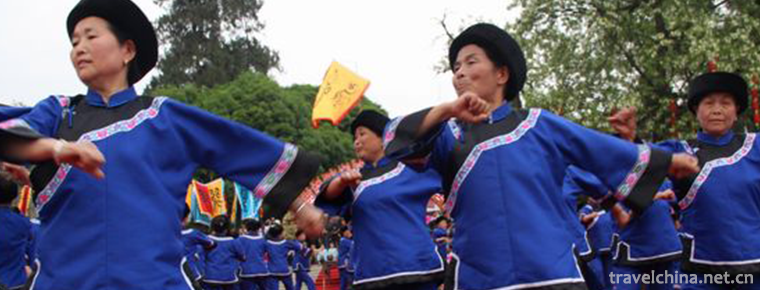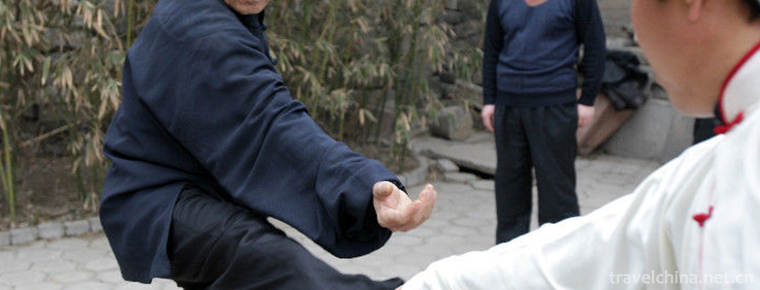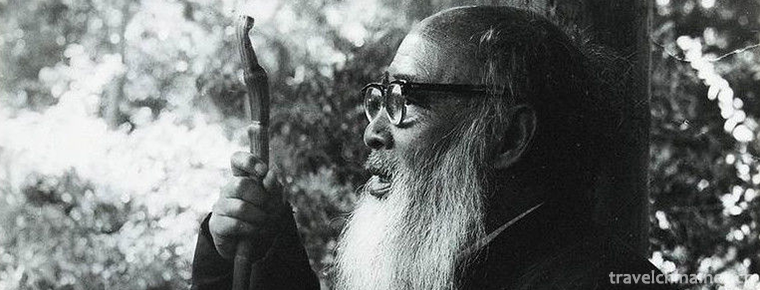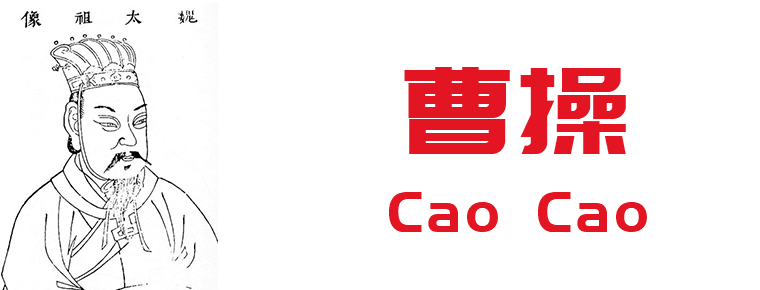Liang Pings Gong and drum
Liang Pings Gong and drum
Liangping Gong and drum is a kind of traditional folk instrumental music spread in Liangping District of Chongqing. In Liangping, the predecessors said that "Shu people Chao shan, gongs and drums make noise in the sky". Over the years, Liangshan gongs and drums are closely related to the lives of local people. Every festival, opening ceremony, birthday ceremony, marriage and funeral, people always like to use Liangshan gongs and drums to render the atmosphere. The annual gongs and drums in Liangshan have become a folk custom handed down from generation to generation. In addition, according to the needs of people's production, labor and life, impromptu performance and entertainment can be carried out in rural yards, dams and fields.
On May 20, 2006, Liang Ping's gongs and drums were listed in the first batch of national intangible cultural heritage list with the approval of the State Council.
Brief introduction
Liangshan Gong and drum is a percussion folk music popular in Liangping District of Chongqing, with Gong and drum as the main instruments and "18 Gong zi" as the main melody. Because Liangping District was called Liangshan County before 1952, it was named "Liangshan Gongzi Drum".
It has a long history. The age of origin is no longer known. According to the Qing Dynasty literati Lan Yiqing's Bamboo Branch Ci, Liang Pinghuang's gongs and drums should have been widely circulated during the Ming and Qing Dynasties. The state attaches great importance to the protection of intangible cultural heritage. On May 20, 2006, Liang Ping-gong and drum were listed in the first batch of national intangible cultural heritage list with the approval of the State Council.
historical origin
According to local legends, Liangshan Gong and drum originated in the Tang Dynasty, but the specific age has not been able to verify . Legend has it that one day, the emperor had nothing to do, and brought his followers to play gongs. At that time, three people were very good at playing this Gong and drum, but one person was still missing to play the gong. So the emperor looked for people everywhere and found a prisoner in a prison who would play gongs and drums. But the prisoner's identity is too different from that of the emperor. He's just a prisoner. The emperor said, "Since you will fight this, when we need you, you will perform. When you don't need you, you will stay in prison." Later, the emperor was very happy, because this person did play gongs and drums well, but in order to arrange new introductions, the emperor had been tired of those old passages, just those people, although not said to be chapped, but their hair was sparse, because they really could not compile any introductions, they decided to fight according to the chaff on their head. This prisoner was Liang Ping's man, he compiled and discharged the introductions, but he did not know how. Name, and because he is a rash, so the name of rash gongs and drums so come. Because he was a prisoner in prison, unlike ordinary people, the emperor made a rule for him: he could not sit but fight standing while Gong was beaten. Therefore, the horse Gong is also called "station yard". To date, all gongs hitters have to stand up and not be seated. In order to express their admiration and admiration for the emperor and the founder of gongs and drums, all gongs and drums must be played in the main room (commonly known as the hall house) in the farm yard. Although it has been passed down for generations, this habit has never changed. Because Liangping County was called Liangshan County before 1952, it was named "Liangshan Dangzi Gong and drum" after the gong and drum.
artistic characteristics
There are many gongs and drums in various parts of the country, but the gongs and drums of Liangshan Dangzi are different from other factions, and their styles are unique. Liangshan Gong and drum is represented by the introduction of Gong and drum of "eighteen ladies", mainly including "old lady", "flower lady", "mandarin duck", "Diao Langzi", "dry lady", "heavy gourd" and "Nanshan net". In the course of playing, there are eighteen paragraphs to be struck at one breath, which are composed of three sections, totaling six groups. Each group must have the beginning of the horse gong, the beginning of the cymbal and the beginning of the gong. There are six kinds of gongs and drums in Liangshan, which are composed of five people, including horse gongs and hook gongs. On this basis, it has developed into hundreds of gongs and drums, including "Gold and Silver Lamp", "Honeysuckle", "Red Embroidered Shoes". In the process of application, according to different Gong and drum lead, a complete Gong and drum lead can be completed with the cooperation of several musical instruments. Although Liangshan gongs and drums are influenced by family inheritance, and the playing methods of gongs and drums in adjacent areas are different, the "Eighteen Laozi" played by dozens of gongs and drums teams in Liangping County can achieve seamless and standardized uniformity.
essentials
To learn Liangshan Gong and drum well, first of all, we should memorize the music of Gong and drum introduction, so as to achieve "heart-to-mouth, mouth-to-hand, heart-to-mouth, hand-to-hand three in one". In the process of using, various musical instruments should not be in tandem or mixed. Twelve-character essentials need to be typed: "Pronunciation up, priority, clean and white". To play Liangshan gongs and drums well is not a one-day effort, we need to study hard and master them skillfully.
Liang Ping's gongs and drums are composed of six kinds of instruments: two drums, horse gongs, cymbals, big gongs, hook gongs and cymbals. The band consists of five people, who play horse gongs as well as hook gongs. Liang Ping's gongs and drums have the characteristics of loud voice, warm atmosphere, rising rhyme and interesting. They are often played in festival celebrations, opening ceremonies, birthday ceremonies, weddings, funerals and other folk activities, and are deeply loved by the people.
The gongs and drums in Jukui Town are well-known far and near, with excellent skills. They are one of the most popular places in Liangshan. The gongs and drums in Mingda Town and Lirang Town also have great influence and unique features. In addition, Renxian Town and Panlong Town are also popular. In some places, the conditions are harsh and there are not enough gongs and drums to practice, so the basin is used as gongs and drums.
Representative works
Among them, the main repertoires of eighteen are Lao Lao Zi, Lao Lao Zi and Hua Lao Zi. The most commonly used tracks at the beginning and end are "Gold and Silver Lamp", "Battle Ganoderma lucidum" and "Quick Tail".
Inheritance significance
Liangshan Gong and drum has a history of more than 1000 years. It is the crystallization of the diligence and wisdom of the ancestors of Liangshan. It is the indispensable spiritual food and the main way of cultural entertainment. Because of its loud voice, warm atmosphere and intriguing characteristics, it is deeply loved by the masses. Since liberation, Party committees and governments at all levels in our county have attached great importance to the excavation and arrangement of gongs and drums in Liangshan, collected a large number of gongs and drums introduction, and organized various forms of gongs and drums competitions to create a festive atmosphere and enrich cultural life.
In 1986, a delegation from South Korea visited Liangping on a special trip to the middle and lower reaches of the Yangtze River. After witnessing the performances of gongs and drums by Liangshan Haozi, the delegation praised him: "Liangshan Haozi gongs and drums have unique style, strong local flavor, strong national characteristics, strong artistic appeal and are rare cultural treasures of the Chinese nation. "Japanese folk culture research delegation came to Liangping District to learn about Liangshan gongs and drums, and experts highly appreciated it.
Some artists have died one after another, the existing artists are old, young people do not want to learn to play gongs and drums, so the number of gongs and drums artists is decreasing, so they have to combine the original music classes. Under this situation, Liang Ping's gongs and drums are on the verge of extinction.
Liu Guansheng, a 57-year-old farmer in Sanguan Village, Longmen Town, Liangping District, was born in 1955. At the age of six, he began to learn gongs and drums with his father. He was very skilled in playing 36 gongs and drums. He won laurel crown in the lottery of gongs and drums many times and became a well-known Gong and drummer in Longmen Town. Old Mr. Liu lived by playing gongs and drums all his life, and devoted all his life to the inheritance and development of gongs and drums. In the era of Mr. Liu Lao's grandfather and his father, the skill of beating gongs and drums was the unique skill of passing on men and women from inside to outside. Until the reform and opening up, the government gave them financial support, and they began to recruit apprentices widely, so as to achieve the purpose of inheriting and publicizing gongs and drums.
Due to the impact of modern civilization and foreign culture, people are no longer interested in traditional cultural and artistic forms such as Gong and drum. Many young people are not willing to learn how to play Gong and drum. Most of the existing artists are old, so the number of Gong and drum artists is decreasing. According to Mr. Liu, it is very difficult for the old artists of their generation to recruit apprentices now, even if they go to the door to do ideological work time and again, because the income of playing gongs and drums is small, only 10,000 yuan a year, and most young people choose to go out to work. In order to subsidize the household, Mr. Liu also did some sideline business of beekeeping and selling funeral Memorial supplies.


-
Yunwushan Scenic Area
Yunwushan Scenic Spot is located in Paulownia Shop in the northwest of Huangpi District. It enjoys the reputation of "Xiling Resort Area, North Chu Famous Area, Beixi Border Barrier and Handizush.
Views: 181 Time 2018-12-22 -
Shandong Zhisheng Tangquan Tourist Resort
Shandong Zhisheng Tangquan Tourist Resort is located in Linyi City, Shandong Province. It is invested and constructed by Shandong Chenshi Home Estate Co., Ltd..
Views: 420 Time 2019-02-08 -
Yalu River Scenic Spot
Yalu River Scenic Spot is located in Dandong City in the middle and lower reaches of Yalu River. It is 210 kilometers long from Hunjiang Estuary in the East and from Dadong Port in the west.
Views: 203 Time 2019-02-27 -
Lake Yanxi
Yanqi Lake: located at the foot of Yanshan Mountain 8 kilometers north of Huairou City, a suburb of Beijing, is a land and water area centered on the lake surface.
Views: 170 Time 2019-03-02 -
Firing Techniques of Guangcai Porcelain
Guangcai Porcelain Firing Technology, a local traditional handicraft in Guangzhou, Guangdong Province, is one of the national intangible cultural heritages..
Views: 84 Time 2019-05-01 -
Taiping Drum in West Beijing
Taiping Drum, a folk dance in Mentougou District of Beijing, is one of the national intangible cultural heritage..
Views: 117 Time 2019-05-07 -
Taohuawu Wood Engraving New Year Picture
Taohuawu New Year Picture is a Folk Woodcut New Year Picture in the south of the Yangtze River. It was named for its production in the area of Taohuawu in Suzhou. It and the woodcut New Year pictures .
Views: 117 Time 2019-06-18 -
Tujia Waving Dance
Hand-waving dance is an ancient traditional dance of Tujia nationality. It mainly spreads in the Youshui River and Wujiang River basin at the junction of Hubei, Hunan, Chongqing and Guizhou. It mainly.
Views: 106 Time 2019-06-23 -
Elbow pounding
This is a rather mysterious school, which originated from a famous family in Linqing, and is closely related to the chivalrous spirit inherent in the Chinese people; it is a fierce school, but it has .
Views: 417 Time 2019-08-10 -
Cao Cao
Wei Wu Di Cao Cao (155 years - 220 March 15th), the name is Geely, the word Meng De, nicknamed hide. Prefectural governor of Yuzhou Qiao (today) Anhui Bozhou Person . Eastern Han Dynasty Outstanding i.
Views: 379 Time 2019-09-07

